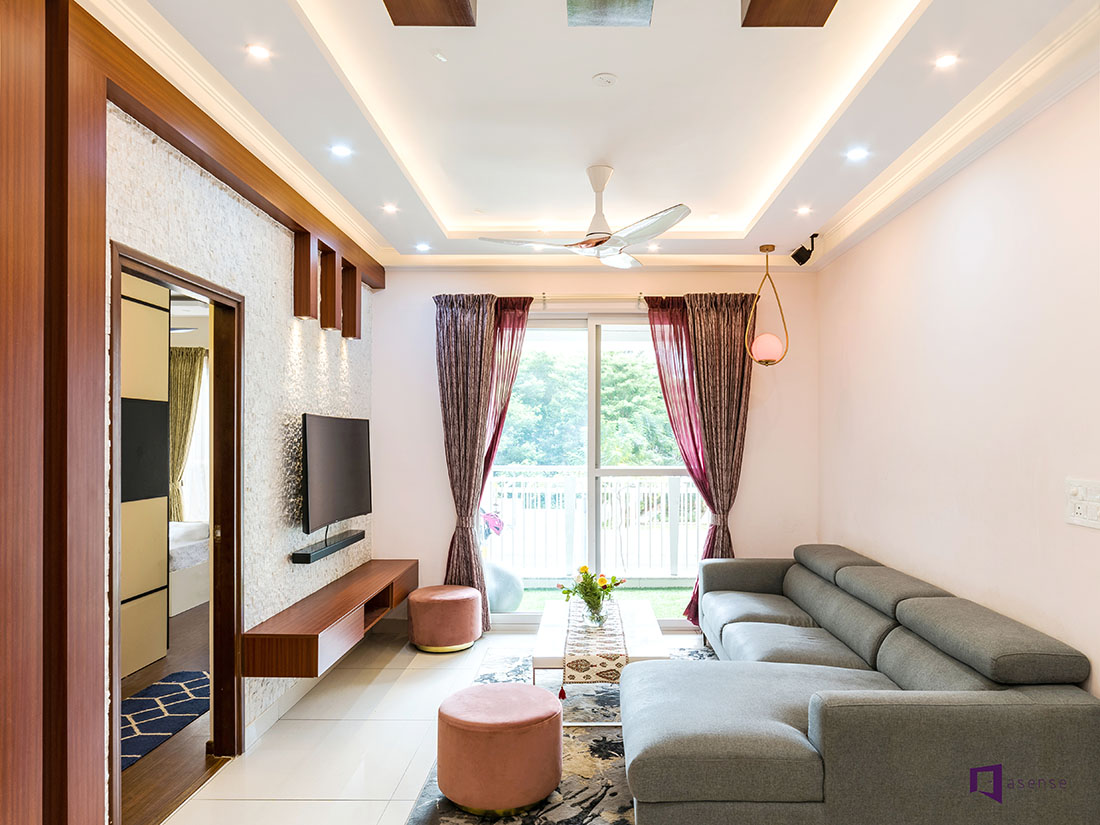Explore luxury interior design for an elegant touch.
Explore luxury interior design for an elegant touch.
Blog Article
Change Your Home With Vital Principles of Inside Layout and Appearances
By understanding the impact of color theory and the significance of structure and patterns, one can produce areas that are not only visually attractive yet likewise deeply individual. Achieving this equilibrium entails even more than plain design; it includes a calculated setup and an eager understanding of how each element interacts within a room.
Comprehending Shade Concept
Understanding the principles of color concept permits designers to create areas that reverberate psychologically with passengers while meeting useful requirements. Each classification plays an essential role in developing harmony within a space.
The mental impact of shades is profound; warm tones such as reds and oranges evoke energy and warmth, while cool tones like blues and eco-friendlies promote calmness and harmony. The usage of corresponding colors enhances aesthetic interest, producing striking contrasts that can boost a room's allure.
Neutral shades, on the other hand, work as a functional background, permitting various other design components to shine. It is important to think about factors such as lights and the room's function when choosing a shade palette, as these can alter the perception of colors throughout the day.
Eventually, a well-considered shade scheme can change a space, promoting a feeling of convenience and design that aligns with the inhabitants' choices. Proficiency of color theory is, as a result, a vital ability for any indoor designer intending to create unified and inviting atmospheres.
Accomplishing Equilibrium in Layout
Just how can designers achieve a sense of equilibrium in their areas? Attaining equilibrium in layout is basic to producing unified insides. Designers can use three main sorts of equilibrium: balanced, unbalanced, and radial. Balanced equilibrium includes organizing elements equally around a central factor, fostering a sense of order and peace. This type often includes pairs of furniture or art work, boosting visual security.
Asymmetrical balance, on the various other hand, counts on varying elements that still accomplish a cohesive appearance. This approach permits even more vibrant and casual plans, offering passion while preserving balance. By meticulously choosing differing dimensions, colors, and appearances, designers can produce a visually engaging space that really feels well balanced yet energised.
Radial balance stresses a main centerpiece with components radiating exterior. This style is frequently seen in circular designs, where furniture and decoration develop a natural surround that draws the eye internal.
Eventually, achieving balance requires thoughtful factor to consider of range, percentage, and the connections in between components. luxury interior design. By skillfully applying these balance principles, designers can change areas right into atmospheres that feel both cosmetically pleasing and functionally harmonious, boosting the total experience for owners
Relevance of Spatial Understanding

An eager feeling of spatial understanding allows designers to recognize prime focus within a space, guiding the visitor's attention to crucial functions while preserving an overall feeling of unity. It also assists in the calculated placement of lighting, which can drastically influence the assumption of room and state of mind. Moreover, comprehending spatial connections allows the developer to accommodate the details needs of residents, making certain that each area offers its designated purpose without compromising aesthetic appeals.
Eventually, spatial understanding is essential for optimizing the capacity of any type of indoor space. By very carefully thinking about the interplay in between measurements, design, and feature, designers can create atmospheres that not only meet practical needs but additionally stimulate a sense of comfort and beauty, boosting the general living experience.
Including Appearance and Patterns
Accepting a diverse array of appearances and patterns can significantly boost the visual and tactile allure of an indoor room. The critical use check it out of different materials-- such as timber, metal, material, and rock-- produces depth and interest, making a space feel much more welcoming and dynamic. As an example, integrating smooth surfaces with rough appearances can develop an equilibrium that attracts the eye and involves the senses.
When including patterns, consider both scale and repeating. Huge patterns can offer as focal points, while smaller, subtle designs can match other aspects without overwhelming the space. Layering patterns, such as pairing flower cushions with striped tosses, includes intricacy and a sense of harmony if carried out thoughtfully.
It is also vital to keep a natural shade palette, making certain that appearances and patterns collaborate as opposed to compete for interest. By selecting a few essential appearances and patterns, you can produce a merged aesthetic that mirrors your personal style while enhancing the general atmosphere of the room. Eventually, the careful consolidation of these components can change an ordinary space into an innovative atmosphere rich with character and warmth.
Customizing Your Space
Producing a space that reflects your personality is important to achieving a truly welcoming atmosphere. Personalization in interior decoration enables you to instill your distinct design and passions into your home, changing it from a plain shelter right into a haven that talks with who you are. Begin by picking a color scheme that resonates with your emotions-- bold shades can energize, while soft tones use peace.
Incorporate art work and decor that show your interests, whether it be travel, nature, or abstract principles. Showing personal collections, such as books, pictures, or souvenirs, can evoke treasured memories and develop focal factors within a room. In addition, take into consideration customizing functional items, like upholstered furniture, to straighten with your visual preferences.

Final Thought
In conclusion, the improvement of a home with the crucial principles of interior decoration and aesthetic appeal requires a thorough understanding of color theory, equilibrium, spatial understanding, texture, and customization. Each aspect contributes considerably to producing an unified and practical living atmosphere - miami luxury interior design. By attentively integrating these concepts, individuals can improve the aesthetic allure and psychological resonance of their spaces, eventually fostering a home that shows unique identities while supplying convenience and practicality
Report this page